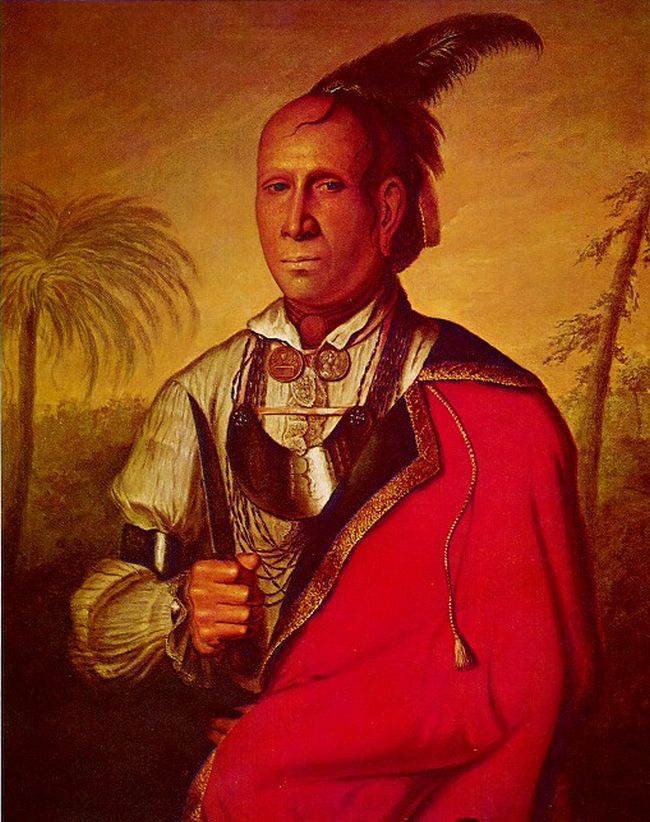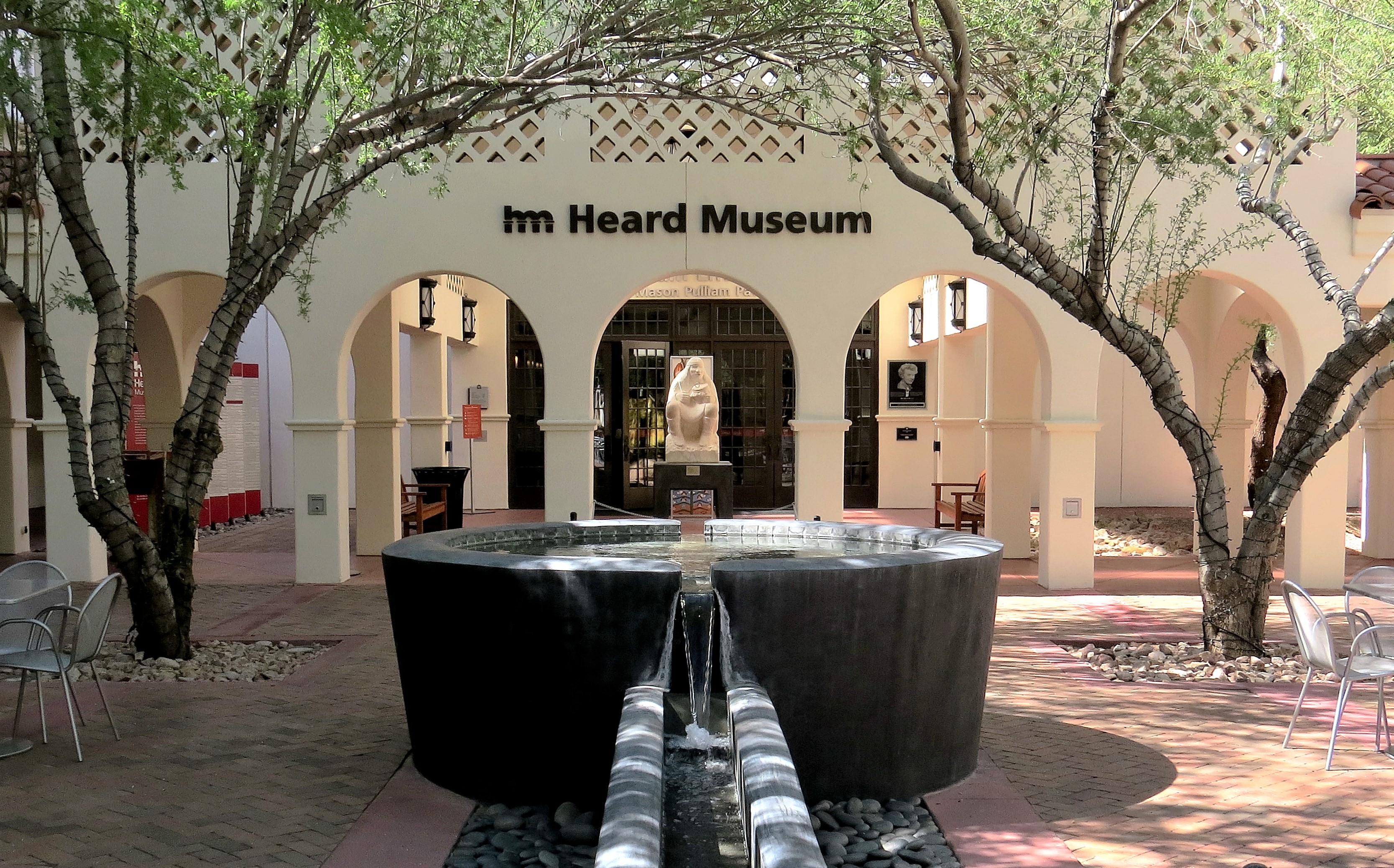|
Percy Tsisete Sandy
Percy Tsisete Sandy, (born 1918) was a Zuni people, Zuni artist. His native name was Kai-Sa (Red Moon); he is also known as Percy Sandy Tsisete. His paintings were signed with the name ''Kai-Sa''. Biography Kai-Sa was born on the Zuni Pueblo, New Mexico, Zuni Pueblo in Northern New Mexico. He began painting in his youth while attending Zuni Day School. Later he enrolled in art programs in Albuquerque, and at the Sherman Institute in Riverside, California, and the Santa Fe Indian School in Santa Fe. He married Peggy Mirabel. The two moved to Taos as Mirabel was from Taos Pueblo. They had three sons and a daughter. After moving to Taos, Kai-Sa met Helene Wurlitzer Foundation, Helene Wurlitzer, a philanthropist who supported the work of numerous artists in New Mexico. After having his family over for dinner, she made a commitment to fund his art practice by establishing a credit account for him at a local art supply store. In 1955 he received a fellowship grant from Wurlitzer's fou ... [...More Info...] [...Related Items...] OR: [Wikipedia] [Google] [Baidu] |
Zuni Pueblo
Zuni Pueblo (also Zuñi Pueblo, Zuni: ''Halona Idiwan’a'' meaning ‘Middle Place’) is a census-designated place (CDP) in McKinley County, New Mexico, United States. The population was 6,302 as of the 2010 Census. It is inhabited largely by members of the Zuni people (''A:shiwi''). The first contact with Spaniards occurred in 1539 in the ancient village of Hawikku when Esteban, an Arab/Berber of Moroccan origin, entered Zuni territory seeking the fabled "Seven Cities of Cibola" and when Marco da Nizza, an Italian franciscan, reached Zuni Pueblo and called it ''Cibola''. It is on the Trails of the Ancients Byway, one of the designated New Mexico Scenic Byways.Trail of the Ancients. New Mexico Tourism Department. Retrieved August 14, 2014. Geography Zuni Pueblo is located at (35.069327, -108.84671 ...[...More Info...] [...Related Items...] OR: [Wikipedia] [Google] [Baidu] |
Gilcrease Museum
Gilcrease Museum, also known as the Thomas Gilcrease Institute of American History and Art, is a museum northwest of downtown Tulsa, Oklahoma housing the world's largest, most comprehensive collection of art of the American West, as well as a growing collection of art and artifacts from Central and South America. The museum is named for Thomas Gilcrease, an oil man and avid art collector, who began the collection. He deeded the collection, as well as the building and property, to the City of Tulsa in 1958. Since July 1, 2008, Gilcrease Museum has been managed by a public-private partnership of the City of Tulsa and the University of Tulsa. The Helmerich Center for American Research at Gilcrease Museum was added in 2014 at a cost of $14 million to provide a secure archival area where researchers can access any of the more than 100,000 books, documents, maps and unpublished materials that have been acquired by the museum. History Thomas Gilcrease grew up in the Muscogee (Creek) ... [...More Info...] [...Related Items...] OR: [Wikipedia] [Google] [Baidu] |
Native American Artists
This is a list of visual artists who are Native Americans in the United States. The Indian Arts and Crafts Act of 1990 defines "Native American" as being enrolled in either federally recognized tribes or state recognized tribes or "an individual certified as an Indian artisan by an Indian Tribe." This does not include non-Native American artists using Native American themes. Additions to the list need to reference a recognized, documented source and specifically name tribal affiliation according to federal and state lists. Indigenous American artists outside the United States can be found at List of indigenous artists of the Americas. Basket makers * Elsie Allen, Cloverdale Pomo * Annie Antone, Tohono O'odham * Mary Knight Benson, Pomo, (1877–1930) * William Ralganal Benson, Pomo, (1862–1937) * Carrie Bethel, Mono Lake Paiute * Susan Billy, Hopland Band Pomo * Mary Holiday Black, Navajo (ca. 1934–2022) * Loren Bommelyn, Smith River Tolowa * Nellie Charlie, Mono La ... [...More Info...] [...Related Items...] OR: [Wikipedia] [Google] [Baidu] |
Museum Of Northern Arizona
The Museum of Northern Arizona is a museum in Flagstaff, Arizona, United States, that was established as a repository for Indigenous material and natural history specimens from the Colorado Plateau. The museum was founded in 1928 by zoologist Dr. Harold S. Colton and artist Mary-Russell Ferrell Colton from Philadelphia, Pennsylvania, and is dedicated to preserving the history and cultures of northern Arizona and the Colorado Plateau. The museum is a member of the North American Reciprocal Museums program. :Hours of Operation:Monday–Saturday: 10:00 am–5:00 pmSunday: 12:00–5:00 pm History "Someone ought to tell the world about it," wrote Harold Sellers Colton and Frank E. Baxter in a 1932 guide for the northern Arizona traveler. They eloquently described the wonders of the vast region—colors to delight the artist, Native American peoples to engage the anthropologist, traces of human occupation to occupy the archaeologist, an open textbook for the geolog ... [...More Info...] [...Related Items...] OR: [Wikipedia] [Google] [Baidu] |
Indian Arts And Crafts Board
The Indian Arts and Crafts Board (IACB) is an agency within the United States Department of the Interior whose mission is to "promote the economic development of American Indians and Alaska Natives through the expansion of the Indian arts and crafts market." It was established by Congress in 1935. It is headquartered at the Main Interior Building in Washington, DC. Scope The board provides advice and promotional activities and oversees the implementation of the Indian Arts and Crafts Act of 1990, a truth-in-advertising law attempting to stop non-Native-made artworks from being sold as Native-made. The IACB also operates three museums: * Sioux Indian Museum, housed in the Journey Museum in Rapid City, South Dakota * Museum of the Plains Indian in Browning, Montana * Southern Plains Indian Museum in Anadarko, Oklahoma. The IACB also publishes informative consumer education publications which are available for free download via its website. These publications include: Indian Ar ... [...More Info...] [...Related Items...] OR: [Wikipedia] [Google] [Baidu] |
Museum Of New Mexico
The Museum of New Mexico is a collection of museums, historic sites, and archaeological services governed by the State of New Mexico. It currently consists of six divisions : the Palace of the Governors state history museum, the New Mexico Museum of Art, the Museum of Indian Arts and Culture, the Museum of International Folk Art, the archaeology division, and the state historic sites. Each division within the Museum of New Mexico adheres to policies decided by the Museum of New Mexico Board of Regents, a group of New Mexico residents appointed by the governor with consent of the Senate. History The Museum of New Mexico was established on February 19, 1909, by the New Mexico Territorial legislature. This pre-statehood legislation mandated that the Museum of New Mexico be housed in the historic Palace of the Governors in Santa Fe. Over the years, the Museum of New Mexico added several other properties to include the New Mexico Museum of Art, Laboratory of Anthropology, Museum of Inter ... [...More Info...] [...Related Items...] OR: [Wikipedia] [Google] [Baidu] |
Heard Museum
The Heard Museum is a private, not-for-profit museum in Phoenix, Arizona, United States, dedicated to the advancement of American Indian art. It presents the stories of American Indian people from a first-person perspective, as well as exhibitions of traditional and contemporary art by American Indian artists and artists influenced by American Indian art. The Heard Museum collaborates with American Indian artists and tribal communities on providing visitors with a distinctive perspective about the art of Native people, especially those from the Southwest. The Heard Museum's mission is to be "the world's preeminent museum for the presentation, interpretation and advancement of American Indian art, emphasizing its intersection with broader artistic and cultural themes." The main Phoenix location of the Heard Museum has been designated as a Phoenix Point of Pride. The museum operated the Heard Museum West branch in Surprise which closed in 2009. The museum also operated the Heard ... [...More Info...] [...Related Items...] OR: [Wikipedia] [Google] [Baidu] |
Minneapolis Institute Of Art
The Minneapolis Institute of Art (Mia) is an arts museum located in Minneapolis, Minnesota, United States. Home to more than 90,000 works of art representing 5,000 years of world history, Mia is one of the largest art museums in the United States. Its permanent collection includes world-famous works that embody the highest levels of artistic achievement, spanning about 20,000 years and representing the world’s diverse cultures across six continents. The museum has seven curatorial areas: Arts of Africa & the Americas; Contemporary Art; Decorative Arts, Textiles & Sculpture; Asian Art; Paintings; Photography and New Media; and Prints and Drawings. Mia is one of the largest arts educators in Minnesota. More than a half-million people visit the museum each year, and a hundred thousand more are reached through the museum’s Art Adventure program for elementary schoolchildren. The museum’s free general admission policy, public programs, classes for children and adults, and award- ... [...More Info...] [...Related Items...] OR: [Wikipedia] [Google] [Baidu] |
Smithsonian Institution
The Smithsonian Institution ( ), or simply the Smithsonian, is a group of museums and education and research centers, the largest such complex in the world, created by the U.S. government "for the increase and diffusion of knowledge". Founded on August 10, 1846, it operates as a trust instrumentality and is not formally a part of any of the three branches of the federal government. The institution is named after its founding donor, British scientist James Smithson. It was originally organized as the United States National Museum, but that name ceased to exist administratively in 1967. Called "the nation's attic" for its eclectic holdings of 154 million items, the institution's 19 museums, 21 libraries, nine research centers, and zoo include historical and architectural landmarks, mostly located in the District of Columbia. Additional facilities are located in Maryland, New York, and Virginia. More than 200 institutions and museums in 45 states,States without Smithsonian ... [...More Info...] [...Related Items...] OR: [Wikipedia] [Google] [Baidu] |
Delaware Art Museum
The Delaware Art Museum is an art museum located on the Kentmere Parkway in Wilmington, Delaware, which holds a collection of more than 12,000 objects. The museum was founded in 1912 as the Wilmington Society of the Fine Arts in honor of the artist Howard Pyle. The collection focuses on American art and illustration from the 19th to the 21st century, and on the English Pre-Raphaelite Brotherhood movement of the mid-19th century. The museum building was expanded and renovated in 2005 and includes a Sculpture Park, the Helen Farr Sloan Library and Archives, studio art classes, a children's learning area, as well as a cafe and museum store. History The museum was founded in 1912 after Howard Pyle's death as the Wilmington Society of the Fine Arts (WSFA), with over 100 paintings, drawings, and prints purchased from Pyle's widow Anne. Pyle was the best-known American illustrator of his day; he died unexpectedly in 1911 while on a trip to Italy. Pyle left behind many students and ... [...More Info...] [...Related Items...] OR: [Wikipedia] [Google] [Baidu] |






